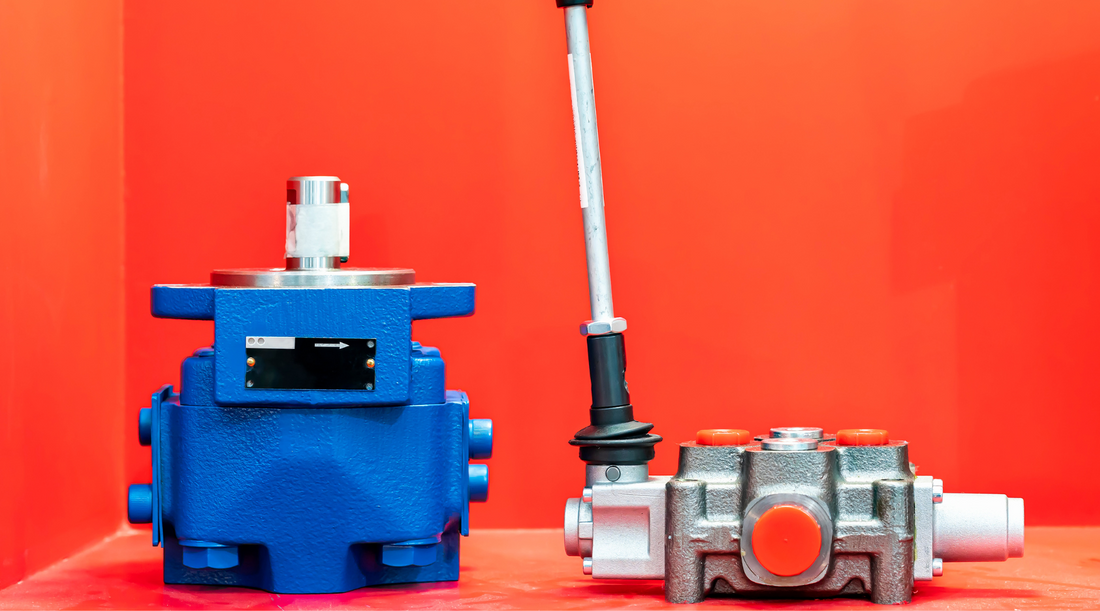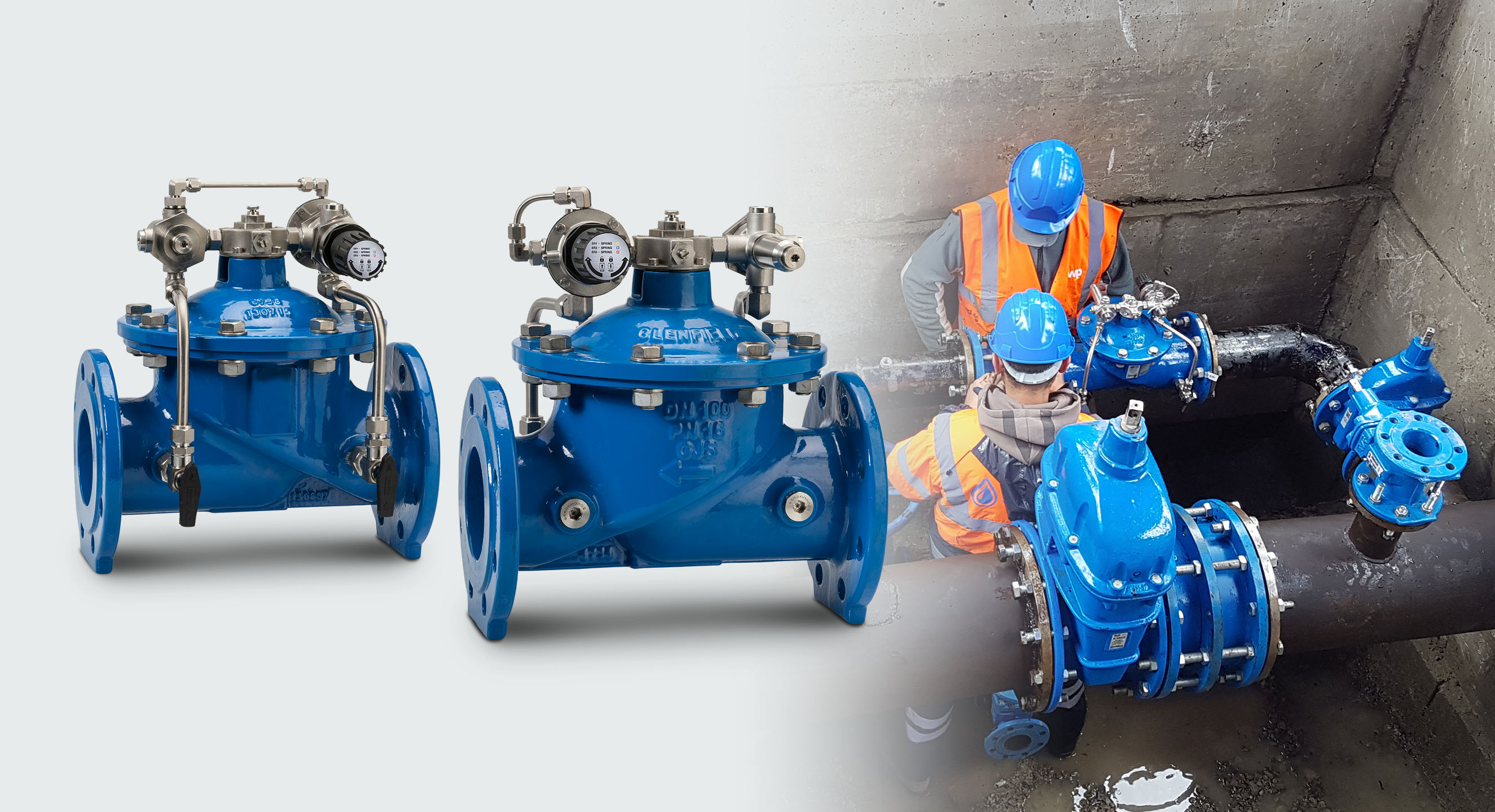Cutting-edge Control Valves: Enhancing Accuracy and Integrity
Cutting-edge Control Valves: Enhancing Accuracy and Integrity
Blog Article

Maximize Energy Financial Savings and Comfort With Advanced Building Automation Controls
In the realm of modern-day style and facility administration, the integration of advanced building automation regulates stands as a pivotal advancement. The convergence of modern technology and sustainability has birthed a brand-new period where energy performance, convenience optimization, and operational streamlining are no longer remote desires but attainable facts. By harnessing the power of automation, buildings can adapt, react, and evolve in means that were when unthinkable. The potential for substantial power financial savings and enhanced comfort is not simply an opportunity yet a guarantee waiting to be satisfied. This paradigm shift in structure monitoring holds the essential to opening a globe where ecological conscientiousness and resident well-being harmoniously exist together within the wall surfaces of our frameworks.
Energy Efficiency Benefits
Power efficiency advantages can dramatically reduce power intake and operational costs in structures. By carrying out energy-efficient techniques and technologies, building proprietors and drivers can attain substantial savings while likewise adding to ecological sustainability. One of the main advantages of boosting energy performance in buildings is the decrease of energy costs. Energy-efficient systems, such as sophisticated structure automation controls, can enhance using resources like cooling, home heating, and lights, causing lower energy costs gradually.
Furthermore, boosted energy effectiveness can lengthen the life expectancy of building equipment and systems. By operating a lot more efficiently, HVAC systems, light, and other structure elements experience less damage, resulting in reduced upkeep and replacement expenses. Additionally, energy-efficient structures often command higher building values and rental rates, supplying long-lasting monetary benefits to owners.
In addition, energy performance can boost owner convenience and performance. Effectively controlled interior environments with optimal lights and thermal conditions develop an even more pleasurable and conducive workspace, causing enhanced employee complete satisfaction and performance. In general, the power performance benefits related to innovative structure automation controls are complex, including price financial savings, environmental stewardship, and owner wellness.
Boosted Comfort Control
Enhancing convenience control in structure atmospheres calls for a sophisticated assimilation of advanced automation systems for ideal owner well-being. By making use of sophisticated structure automation controls, facilities can tailor the interior setting to meet the particular needs and choices of occupants. control valves.
Boosted convenience control goes beyond fundamental temperature adjustments. It includes attributes such as individualized settings, occupancy sensors, and all-natural light use to produce a receptive and vibrant environment. By including these advanced controls, structures can not just enhance comfort but additionally improve energy performance by optimizing system operations based on real occupancy and use patterns. Inevitably, focusing on owner comfort via advanced automation systems causes a much more delightful and much healthier interior environment.
Functional Efficiency Improvements

Furthermore, the execution of real-time tracking and analytics devices enables building operators to determine power inefficiencies and operational abnormalities promptly. By constantly keeping an eye on energy usage patterns and system performance metrics, modifications can be made in real-time to optimize power usage and make certain peak functional efficiency. control valves. Additionally, including demand feedback approaches into structure automation controls can additionally improve functional performance by dynamically adjusting energy use based on grid conditions and prices signals
Indoor Climate Optimization
Reliable indoor climate optimization is a basic facet of structure automation controls, ensuring owners' comfort and wellness while optimizing energy financial savings. By utilizing sophisticated sensing units and controls, constructing automation systems can continuously keep track of and adjust temperature, moisture levels, air top quality, and ventilation to develop an ideal indoor setting. Preserving comfortable and consistent conditions not only improves occupant satisfaction however also increases productivity and general wellness.
Interior environment optimization also plays a crucial duty in click over here now power efficiency. By fine-tuning air conditioning, home heating, and ventilation systems based upon real-time information and occupancy patterns, building automation controls can significantly lower energy usage - control valves. Implementing approaches such as demand-controlled ventilation and thermal zoning can help decrease power waste while guaranteeing that each area of the building gets the necessary conditioning.

Sustainable Environment Creation
Structure automation regulates not just optimize interior climate problems for power effectiveness and resident comfort but additionally lay the foundation for producing a sustainable environment through strategic management of systems and resources. By incorporating innovative structure automation technologies, such as sensors, actuators, and intelligent software program, facilities can change and keep track of power usage in real-time to minimize waste and reduce their carbon footprint. These systems allow predictive upkeep, identifying potential concerns prior to they rise and enhancing devices efficiency to boost long life and performance.
In addition, sustainable environment creation extends beyond power administration to encompass water conservation, waste decrease, and indoor air quality improvement. Structure automation controls can regulate water use, spot leakages, and make sure correct waste disposal techniques, adding to total sustainability efforts. In addition, by keeping track of and controlling ventilation and purification systems, these modern technologies improve resident health and performance while decreasing energy intake connected with cooling and heating operations.
Conclusion
Finally, progressed building automation controls deal significant advantages in regards to power financial savings, convenience why not try these out control, operational performance, interior environment optimization, and producing a sustainable atmosphere. By executing these controls, structures can achieve ideal efficiency while decreasing energy usage and you could look here enhancing occupant comfort. It is evident that making use of innovative automation technology is critical in enhancing structure performance and producing a much more sustainable future.
Energy performance advantages can dramatically minimize energy usage and operational prices in structures. Overall, the power efficiency benefits connected with sophisticated building automation controls are diverse, including price financial savings, environmental stewardship, and owner wellness.
Furthermore, integrating demand reaction techniques right into building automation controls can further boost functional performance by dynamically adjusting energy use based on grid conditions and prices signals.
Structure automation controls not only enhance interior environment conditions for power efficiency and occupant comfort yet additionally lay the foundation for creating a sustainable environment through strategic management of resources and systems.In final thought, advanced building automation controls deal significant advantages in terms of power financial savings, convenience control, functional efficiency, interior climate optimization, and developing a sustainable setting.
Report this page